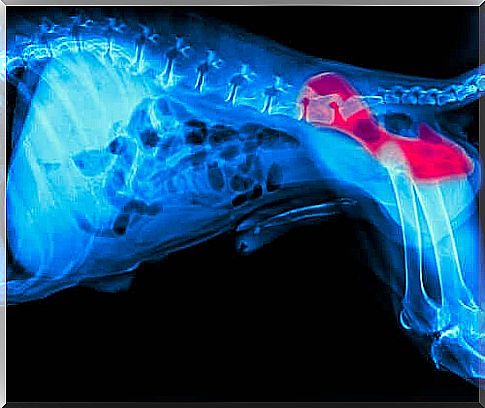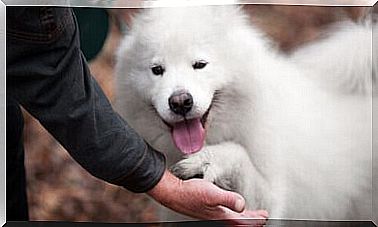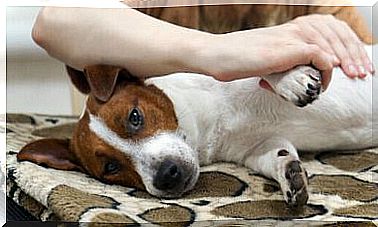The Dangers Of Laminate Flooring For Dogs

There are many reasons why people prefer laminate flooring over other more traditional options. If you have children and pets, it comes as a low-cost, easy-to-maintain option. Nevertheless, the dangers of laminate flooring for dogs should be questioned.
After all, they are the ones who spend their lives in direct contact with the floor of the house.
The dangers of laminate flooring for dogs
The lack of grip
Laminate flooring is a shiny, slippery surface. Due to the lack of grip, dogs often end up slipping, which can lead to sprain injuries. It often happens that when the dog runs on the laminate floor and tries to change direction, it causes back damage.

It is also good to remember that older dogs can find it particularly difficult to walk on laminate or wooden floors.
Dogs are very frightened when they slip out of control, so such an experience can make them very anxious. After an injury, your dog may be reluctant to approach the floor, which can reduce his movement around the house.
Increased risk of hip dysplasia
As mentioned earlier, dogs often suffer back injuries following a fall on a laminate floor. This type of injury will necessarily require proper treatment and therapy to heal the animal.
Breeds prone to hip dysplasia, such as German Shepherds, can increase their risk or worsen their condition if they walk on slippery floors.
If you have several laminate floors in your home, be sure to regularly trim your dogs’ nails, to prevent moisture in the floors and pet paws. To do this, cover the most problematic areas with non-slip mats.
Exposure to volatile organic compounds
Volatile Organic Compounds (VOCs) are gases that are released as materials age and degrade over time. There are hundreds of VOCs, which include toxic compounds such as formaldehyde. In most cases these are common components in vinyl, adhesives and paints.
These compounds are also present in a wide range of common elements in the home, including paint, household cleaning products and floor coverings. Yes, carpets, woods and laminates can be harmful to our health and that of our pets.
Laminate floors resemble hardwood, but are actually made up of several layers of materials, including wood fibers and a photographic image of the wood. Formaldehyde is typically found in adhesives and resins used in wood laminates.
Exposure to formaldehyde can cause allergic reactions such as asthma, headache, upper respiratory disease, skin rashes, and even cancer.

Are there less risky alternatives to laminate flooring for dogs?
Yes, there are several non-toxic floors to choose from. The best options are real hardwood, polished concrete, and tile. But there are also specific certified brands of natural linoleum, carpet and engineered lumber, all of which are also excellent options.
Other flooring suitable for allergic people and pets include bamboo, cork, or recycled glass. To minimize VOCs in adhesives, choose low-VOC or water-based products.
Keep in mind that vinyl and synthetic carpets have large amounts of VOCs. Instead, opt for natural fibers such as wool, sisal and cotton.
The risks of laminate flooring for dogs aren’t the only ones. What happens with other floors?
Some health problems can also arise with other flooring materials. For example, vinyl floors often contain phthalates, a group of chemical compounds used as plasticizers. Their main function is to give more flexibility to rigid polymers.









